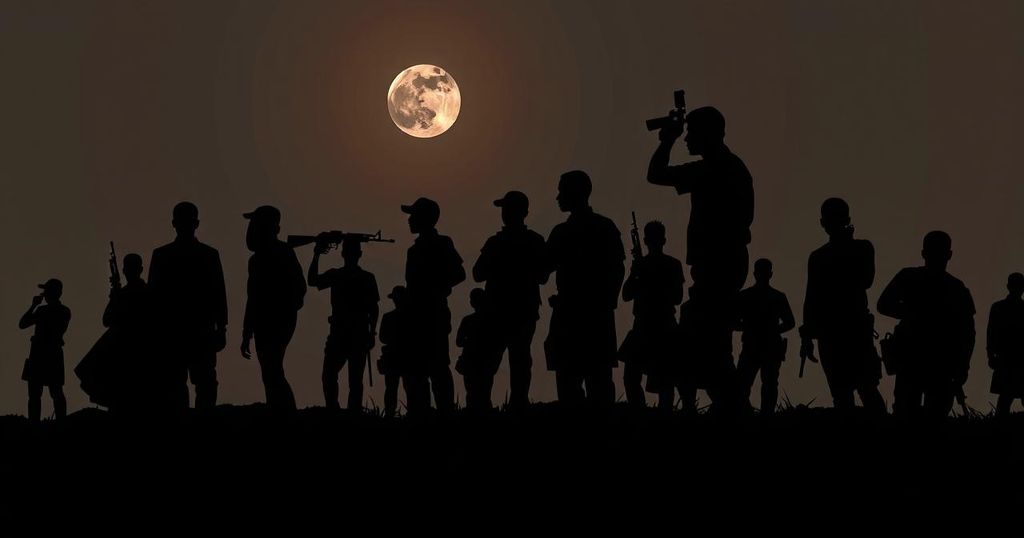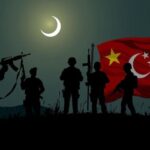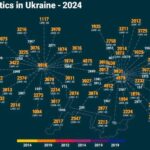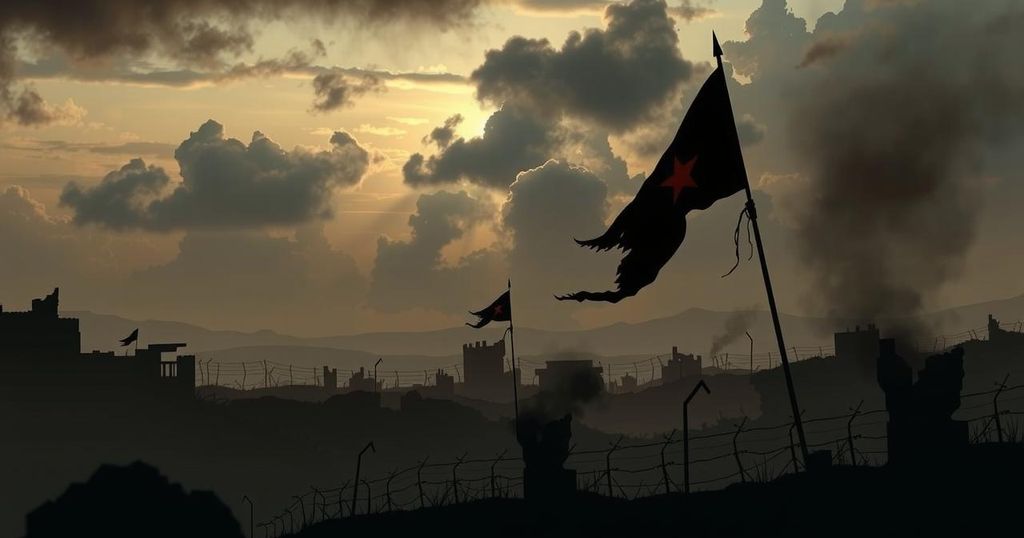Mobilization for Self-Defence in Sudan Amidst Increasing RSF Violence
Summary
In light of failing protection from the Sudanese Armed Forces, local communities are increasingly mobilizing for self-defence against the Rapid Support Forces. This grassroots movement reflects a deep distrust of the national army and the necessity for immediate safety amidst ongoing violence. However, experts warn that this could escalate into broader conflict and highlight the importance of seeking diplomatic solutions to address the crisis.
In the context of an escalating conflict in Sudan, communities are increasingly resorting to self-defence measures against the Rapid Support Forces (RSF) amid widespread failures of the national army to ensure civilian safety. Since the onset of hostilities in April of the previous year, grassroots movements have taken it upon themselves to protect their communities from RSF attacks, which have intensified significantly over the past year. Despite calls from Sudanese Armed Forces (SAF) chief Abdel Fattah al-Burhan for a unified armed resistance, many grassroots movements aim to operate independently, reflecting a deep mistrust in the SAF’s ability to safeguard citizens. Political analysts warn that while civilian self-defence may appear necessary in the face of immediate threats, it carries the risk of exacerbating violence and potentially devolving into a civil war, particularly due to existing ethnic tensions and inflammatory rhetoric. The mobilization for self-defence spans various regions, including North Darfur, South Kordofan, and central Sudan, where communities are increasingly determined to protect themselves without SAF oversight. One prominent member of the Darfur rebel coalition highlighted that most locals arming themselves do so primarily to ensure the safety of their families and homes from RSF aggression. This grassroots resistance has been characterized not by a singular command structure or ideology but rather by various local groups uniting to form local defense units. In the central regions, particularly in areas previously less militarized, the emergence of self-defence frameworks reflects the unprecedented nature of this armament for populations unaccustomed to conflict. The escalation of violence, corruption, and strategic attempts by the RSF to seize agricultural land have prompted groups like The Middle Call to mobilize a coordinated resistance, accusing the RSF of organized land-grabbing operations. Furthermore, emerging tensions within the SAF-controlled groups, illustrated by the recent defection of a significant figure within the armed resistance in River Nile State, underscore the fragility of the situation. Internal disputes over resource allocation and command loyalty threaten to undermine any unified resistance efforts. The ongoing conflict has led to severe consequences for Sudan’s agricultural production capability, raising fears of imminent famine. Acknowledging the complexities of the situation, analysts continue to argue that engagement through dialogue remains vital to addressing the root causes of conflict rather than resorting solely to armed resistance. As self-defence movements expand, it remains crucial to assess the implications on both local and national stability.
The ongoing conflict in Sudan, characterized by clashes between the Sudanese army and the Rapid Support Forces (RSF), has prompted communities to form self-defence groups in a bid to protect their lives and properties. This situation has emerged from a long-standing atmosphere of distrust towards the SAF’s ability to guard civilians. As atrocities continue unabated, grassroots movements have mobilized, reflecting a breakdown of faith in formal military structures. With deep-rooted ethnic tensions exacerbated by the current humanitarian crisis, the necessity of self-defence initiatives is contended by some observers as a potential precursor to broader violence and civil strife, thus reflecting a significant turning point in Sudan’s ongoing struggles.
The rise of self-defence units among Sudanese communities marks a complex and potentially perilous shift in the ongoing conflict with the RSF. While these grassroots movements may act out of immediate necessity to protect themselves, their independent formation raises concerns over escalating violence and the potential fracturing of already tenuous ties within the SAF and its associated factions. The ongoing humanitarian crisis and strategic land seizures underline the gravity of the situation, making it essential for all parties involved to seek dialogue and sustainable resolutions to restore peace and stability in Sudan.
Original Source: www.middleeasteye.net








Post Comment